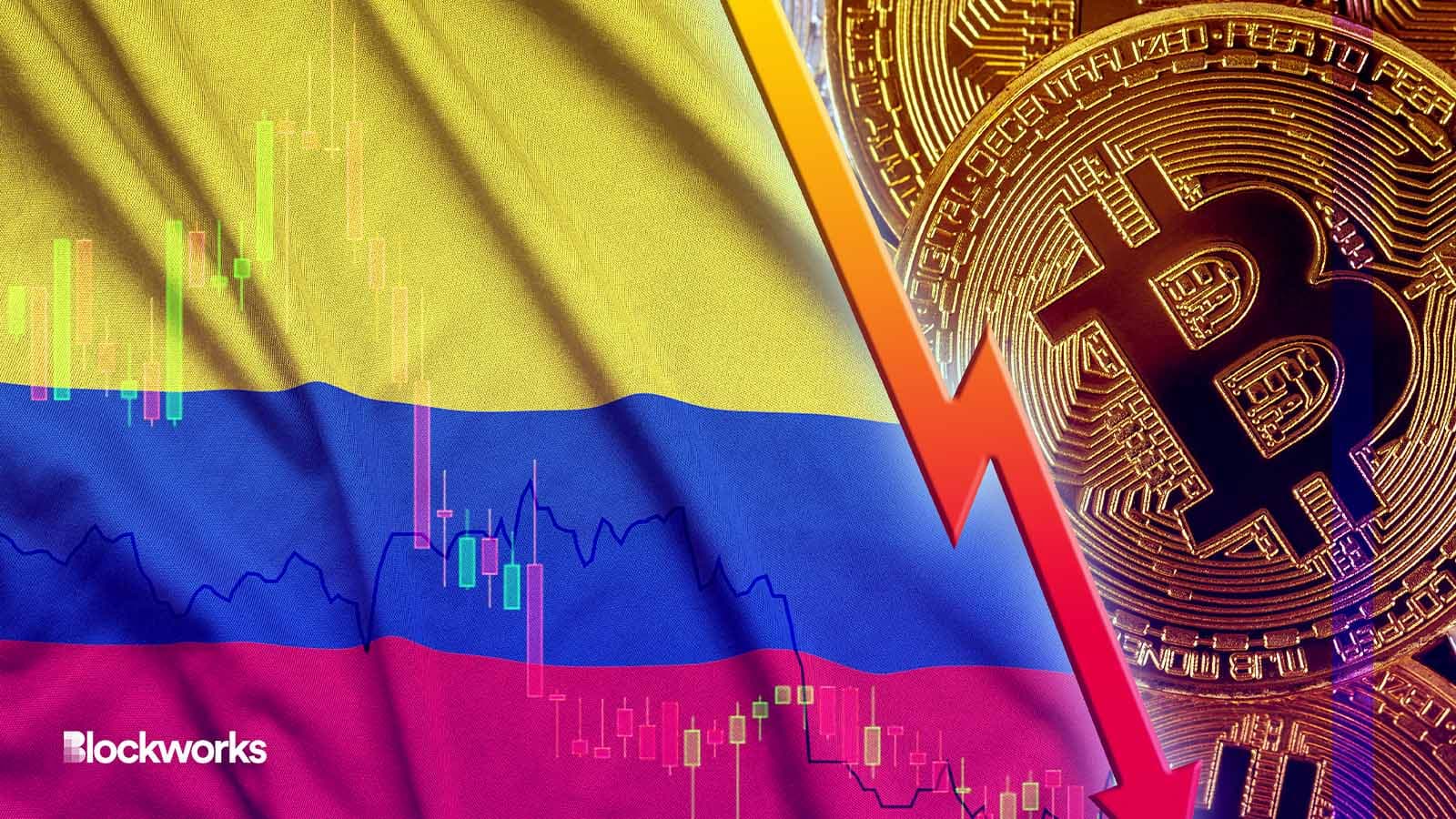Central Bank: Stablecoin Regulation Over CBDCs
Central banks face a pivotal decision in the digital finance landscape: prioritize stablecoin regulation or advance CBDCs? While CBDCs' macroeconomic impact may be limited, stablecoins offer promise and peril. They could transform payment systems but also challenge monetary sovereignty.

Central Bank to Prioritize Stablecoin Regulation Over CBDCs
Instead of hurrying to introduce Central Bank Digital Currencies (CBDCs), a group of economists has recommended that the central bank concentrate on regulating stablecoins. They released a paper that suggested CBDCs might have, at most, negligible macroeconomic effects. The authors stress the necessity for regulatory norms to safeguard the financial system from potential disruptions brought on by stablecoins and other cryptoassets, even though they do not view CBDCs as an urgent threat. This is mostly because they are not used as payment instruments but rather as a target for speculation because of their extreme value volatility.
However, a CBDC might be required to reassert central bank money as the dominant currency if cash transactions decline and digital payments—including cryptocurrencies and stablecoins—increase. The paper also issues a warning regarding the possible security dangers connected to stablecoins and cryptocurrencies, as well as the difficulties governments may encounter in identifying and preventing illicit activity.
The Future of Digital Finance: Why Stablecoins Might Outpace CBDCs
There will soon be a big shift in the digital finance scene. The future of stablecoins and central bank digital currencies (CBDCs) is a topic of increasing discussion among economists and financial specialists. Here is some insight into the possible repercussions of the shifting focus.
Recently, a group of insightful economists offered a novel viewpoint on the discussion. They have recommended that central banks focus on regulating stablecoins rather than pushing CBDCs forward. Their justification? As things stand, the macroeconomic effect of CBDCs might not be very significant. Stablecoins, on the other hand, are more suited for speculative endeavors due to their significant value fluctuation than for their intended purpose as payment instruments.
Regulation of stablecoins has a significant impact on different financial systems. Stablecoins stand to gain stability from proper regulation, reducing the dangers associated with their infamous value swings. By doing so, they might become a more dependable payment method, signaling the end of cash transactions and bringing countries one step closer to having totally digital economies.
However, there are some clouds over this bright future. The demand for CBDCs may increase with an increase in digital payments supported by a stablecoin and cryptocurrency portfolio. The objective? to make money from central banks the primary form of payment once more. However, the road is not easy to follow. Stablecoins and other cryptocurrencies have an inbuilt anonymity layer. Although supporters of privacy may find this quality admirable, it can also be used as a cover for money laundering, tax evasion, and other criminal activity. Therefore, the task for regulators is to create regulations that neutralize these risks without violating lawful private rights.
Furthermore, as countries venture further into the domain of virtual currency, they unintentionally move closer to a possible crisis of monetary sovereignty. The traditional control that central banks have over the money supply may be lessened if digital currencies become widely used.
The change in emphasis highlights the potential significance of stablecoins for digital finance going forward. It's not only about personal choice; it's also about maintaining a country's monetary integrity while guaranteeing financial stability. The success of the developing digital economy will depend on striking a balance between innovation and regulation as the conversation continues.
Read More

Reduce your
compliance risks


